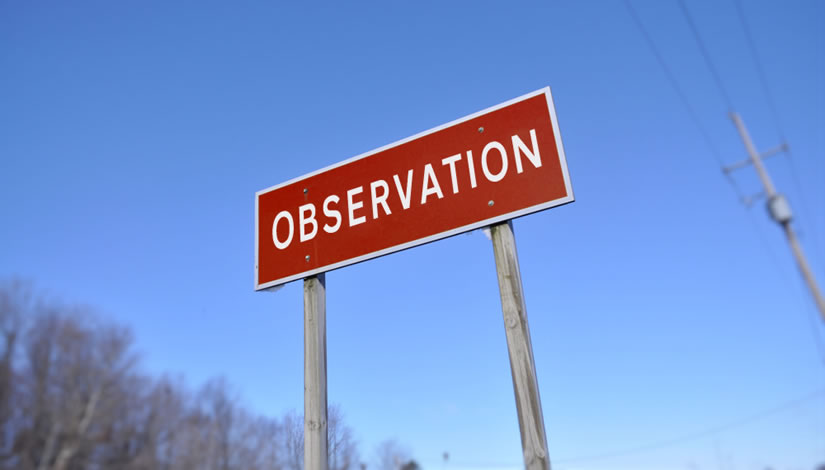Perfecting your driving observational skills takes time to master; the more you practice, the better your skills become. You can only become proficient with observation if you’re concentrating at all times. While learning to drive, you should be constantly watching and interpreting:
- Ahead and to the sides of your vehicle
- What’s happening behind you by use of mirrors and checking the blind spot
A popular acronym used by most driving instructors is ‘LADA’ and it stands for Look, Assess, Decide and Act.
Ahead and to the Sides of Your Vehicle
Reading the road ahead is a skill that’s required for continued safe driving. There a lot to consider;
- Traffic systems such as junctions, roundabouts, traffic lights etc.
- Hazards such as cyclists, pedestrians, parked vehicles etc.
- Other road users, including vulnerable road users such as pedestrians, cyclists and motorcyclists.
You should always drive at a speed that will allow you to safely stop within the distance that you can see.
Junctions represent an area where most car accidents occur. A lack of sufficient observation at junctions is also the single most common reason for test failures each year.
Every junction is different. You should look for oncoming vehicles and parked vehicles. Junctions are also a place where pedestrians frequently cross the road. Assess the situation based on what you can see and act by approaching at a appropriate speed and by choosing a safe position that you can move into.
Your zone of vision can be restricted at some junctions. In order to obtain a clear view of the road, you may need to creep forward to get a proper view of the road before emerging.
Ensure you look up and down the road at least twice in each direction before emerging and continue to look as you join the new road. Before emerging, consider that your view may be obscured by blind spots. Pillars are the vertical supports around the vehicle that hold glass in place and provide structural integrity.
Smaller cars have three pillars (A, B and C) and larger cars may have a forth ‘D’ pillar. The pillar located in each front corner is the ‘A’ pillar and can cause a blind spot.
Use of Mirrors and Blind Spots
Regular use of your mirrors enables you to know what’s going on behind you and to the sides of your vehicle. Ensure your mirrors are kept clean properly adjusted; if it’s the first time you are driving a particular vehicle, or someone else has driven it before you, run through the cockpit drill. You should use your mirrors before:
- Moving off
- Changing direction
- Turning left or right
- Overtaking
- Changing lanes
- Making a change in speed
- Opening a car door
Whilst your mirrors do enable you to see a significant view to the rear and sides of your vehicle, they don’t allow you to see everything. Areas in your mirrors that aren’t observable are called blind spots.
There’s a blind spot to left and right side of your vehicle and it’s important to check these areas before changing lanes. To check the blind spot, physically look over your shoulder before moving your vehicle in that direction.
